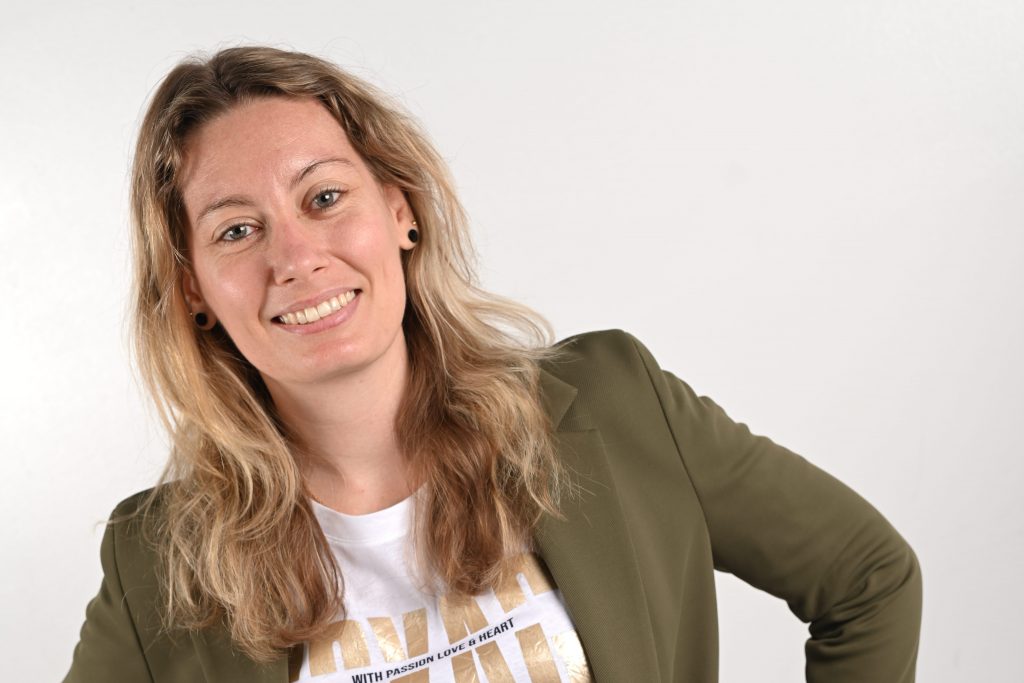In the 13th episode of The Social Show, the podcast dedicated to content creation hosted by Francis Jette in partnership with Isarta, Julie Rochon recounts the career path that took her from web writer to business coach in positioning for solopreneurs, touching on the pivotal moment when she stopped giving away her content for free on the web.
The exchange in question takes place at the 47th minute of the episode. When asked how to create a community on the Web, the business coach chose to address a dilemma that many solopreneurs face when trying to “sell” their expertise through a Web content strategy. Namely: when to give away their content for free and when to offer the content or service as part of a “paid” package?
At the time, I had a Facebook group with 3,000 people and I was giving away tips on social networks,” says Julie Rochon. The problem is that the more you give, the more people like you; the more people like you, the more you give, and the more you give… the less you sell. So, me, I really went through a slump where I was super liked, I was tagged everywhere, in several Facebook groups, while I wasn’t making anything.”
After a while, the business coach had to decide:
One day, I chose to draw a line between free and paid content, which were my services. And so, I closed my group, even though it was doing great. I made that decision so that I could make a living from my business rather than just being liked, loved and recognized on social media. It’s fun to be recognized, but it wasn’t paying the bills.”
Where to draw the line?
And how does she choose exactly what will become free content? How does she draw the line?
[In my free content] I’m going to talk more about situations that people are going through, in a general way, and then give some food for thought,” she explains. I get people to think, because the answers they need are going to come from working with me in a coaching, coaching and mentoring way.”
Julie Rochon has also identified services they didn’t want to offer, so in this case, she allows herself to offer this content for free.
“I’ve started to create more ‘how to’ content on my YouTube channel or even in my newsletter, to get people to do things for themselves. But for the deeper questions, for what’s really important, they have to come and work with me.”
A different kind of content that resonates with customers
On social media, it’s often said that you need to “give value” to potential customers. But sometimes, it may be more about “connecting” with them in an authentic way, lifting the veil on one’s experience or background. This is what Julie Rochon discovers when she posts stories on Instagram :
On Instagram, it’s a bit like Facebook in 2007, where we described our daily lives, almost like our diaries… My stories are my daily life as an entrepreneur. Then, at the end of the day, that’s where I convert the best, when it’s also where I talk about fewer jobs!”




